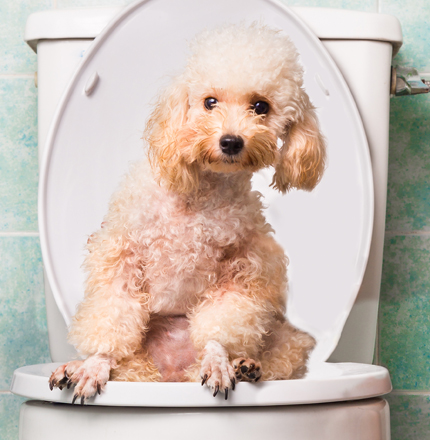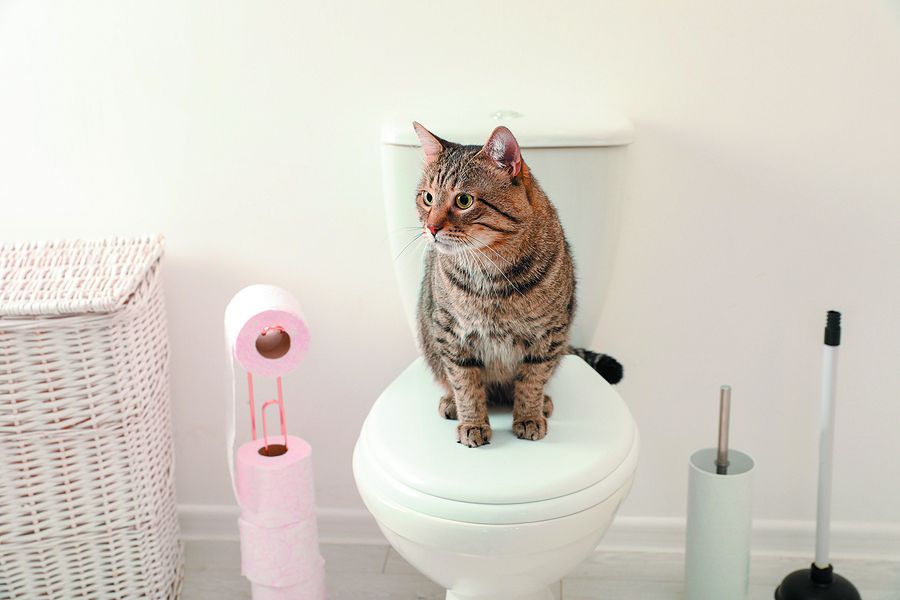Exploring Why Animal Waste Should Not Be Flushed Down the Toilet
Exploring Why Animal Waste Should Not Be Flushed Down the Toilet
Blog Article
The article down the page pertaining to 10 Things You Should Never Flush Down The Toilet is particularly fascinating. Read it for yourself and see what you think about it.

When it pertains to dealing with waste, specifically animal waste, lots of people typically resort to the practical option of flushing it down the bathroom. Nevertheless, this relatively simple service can have major consequences for the environment and public health. In this post, we'll explore why flushing pet waste down the bathroom is a bad idea and provide different techniques for proper disposal.
Intro
Appropriate garbage disposal is essential for maintaining environmental sustainability and public health. While it may appear safe to flush animal waste down the toilet, it can bring about various concerns, both for the atmosphere and human well-being.
Threats of flushing animal waste
Ecological impact
Flushing animal waste presents harmful germs and microorganisms into waterways, which can adversely impact water ecological communities. These microorganisms can pollute water resources and injury marine life, interrupting delicate ecological communities.
Public health issues
Animal waste has dangerous microorganisms such as E. coli and Salmonella, which can pose major health and wellness risks to people. Flushing pet waste down the commode can infect water materials, resulting in the spread of illness and infections.
Alternatives to flushing
Instead of purging pet waste down the bathroom, there are several different disposal techniques that are more eco-friendly and sanitary.
Composting
Composting pet waste is an environmentally friendly means to get rid of it. By composting, raw material is broken down into nutrient-rich dirt, which can be utilized to feed yards and plants.
Landfill disposal
Taking care of pet waste in a landfill is an additional choice. While not as eco-friendly as composting, it is a more secure option to flushing, as it prevents the contamination of water sources.
Animal garbage disposal systems
There are specialized family pet waste disposal systems offered that securely and hygienically get rid of animal waste. These systems typically make use of enzymes to break down waste and remove odors.
Actions to appropriate pet garbage disposal
To guarantee correct disposal of animal waste, follow these steps:
Scooping and landing waste
Frequently scoop and bag pet waste making use of naturally degradable bags. This prevents waste from infecting the setting.
Making use of marked waste containers
Dispose of bagged animal waste in assigned waste bins, such as garden compost containers or land fill containers. Prevent flushing it down the bathroom in all expenses.
Cleansing can and animal areas frequently
Routinely clean can and animal locations to stop the accumulation of waste and germs. Usage pet-safe cleaning products to keep hygiene.
Advantages of proper disposal methods
Embracing appropriate disposal approaches for animal waste offers numerous benefits:
Lowered environmental pollution
Appropriate disposal approaches minimize the threat of environmental pollution, securing rivers and environments from contamination
Decreased risk of water contamination.
By staying clear of flushing animal waste down the toilet, the risk of water contamination is significantly decreased, guarding public health.
Enhanced sanitation and health
Proper disposal techniques advertise better hygiene and hygiene, developing a safer atmosphere for both people and animals.
Conclusion
In conclusion, flushing pet waste down the toilet is unsafe to the environment and public health. By embracing alternate disposal methods and adhering to correct waste administration techniques, we can decrease the unfavorable influence of animal waste and contribute to a cleaner, much healthier world.
What To Do With Dog Poo – The Do's And Don'ts Of Disposing Of Faeces
Dog poo bins
Some councils provide dedicated dog waste bins in popular dog-walking areas that can take dog poo that has been bagged but you can legally dispose of dog waste in any public litter bin, as long as it is securely bagged. This also applies to your wheelie bin at home.
Do not flush
Water companies do not recommend flushing dog faeces down the toilet because certain parasites can survive the water processing treatment and are potentially harmful to humans. You should also never consider flushing dog poo that has been bagged down the toilet as the bags will not break down and instead create severe blockages in the sewage system.
In the woods
The Forestry Commission promotes a ‘stick and flick’ method for dealing with waste in the woods. This means finding a stick and using it to flick any poo from off the path so that it is out of the way of other walkers. You could also bury it as long as it is not in an area where there might be livestock.
Livestock
Parasites found in dog poo can be transmitted to livestock if they inadvertently eat infected faeces that has been left on grazing land. This could result in the death of sheep or abortion in cattle so you should always make sure you pick up your dog’s waste in fields where livestock could be present.

Routinely clean can and animal locations to stop the accumulation of waste and germs. Usage pet-safe cleaning products to keep hygiene.
Advantages of proper disposal methods
Embracing appropriate disposal approaches for animal waste offers numerous benefits:
Lowered environmental pollution
Appropriate disposal approaches minimize the threat of environmental pollution, securing rivers and environments from contamination
Decreased risk of water contamination.
By staying clear of flushing animal waste down the toilet, the risk of water contamination is significantly decreased, guarding public health.
Enhanced sanitation and health
Proper disposal techniques advertise better hygiene and hygiene, developing a safer atmosphere for both people and animals.
Conclusion
In conclusion, flushing pet waste down the toilet is unsafe to the environment and public health. By embracing alternate disposal methods and adhering to correct waste administration techniques, we can decrease the unfavorable influence of animal waste and contribute to a cleaner, much healthier world.
What To Do With Dog Poo – The Do's And Don'ts Of Disposing Of Faeces
Dog poo bins
Some councils provide dedicated dog waste bins in popular dog-walking areas that can take dog poo that has been bagged but you can legally dispose of dog waste in any public litter bin, as long as it is securely bagged. This also applies to your wheelie bin at home.
Do not flush
Water companies do not recommend flushing dog faeces down the toilet because certain parasites can survive the water processing treatment and are potentially harmful to humans. You should also never consider flushing dog poo that has been bagged down the toilet as the bags will not break down and instead create severe blockages in the sewage system.
In the woods
The Forestry Commission promotes a ‘stick and flick’ method for dealing with waste in the woods. This means finding a stick and using it to flick any poo from off the path so that it is out of the way of other walkers. You could also bury it as long as it is not in an area where there might be livestock.
Livestock
Parasites found in dog poo can be transmitted to livestock if they inadvertently eat infected faeces that has been left on grazing land. This could result in the death of sheep or abortion in cattle so you should always make sure you pick up your dog’s waste in fields where livestock could be present.

As an enthusiastic reader about , I figured sharing that piece of content was worthwhile. Feel free to take the opportunity to share this blog entry if you enjoyed it. We enjoy your readership.
Click Here! Report this page